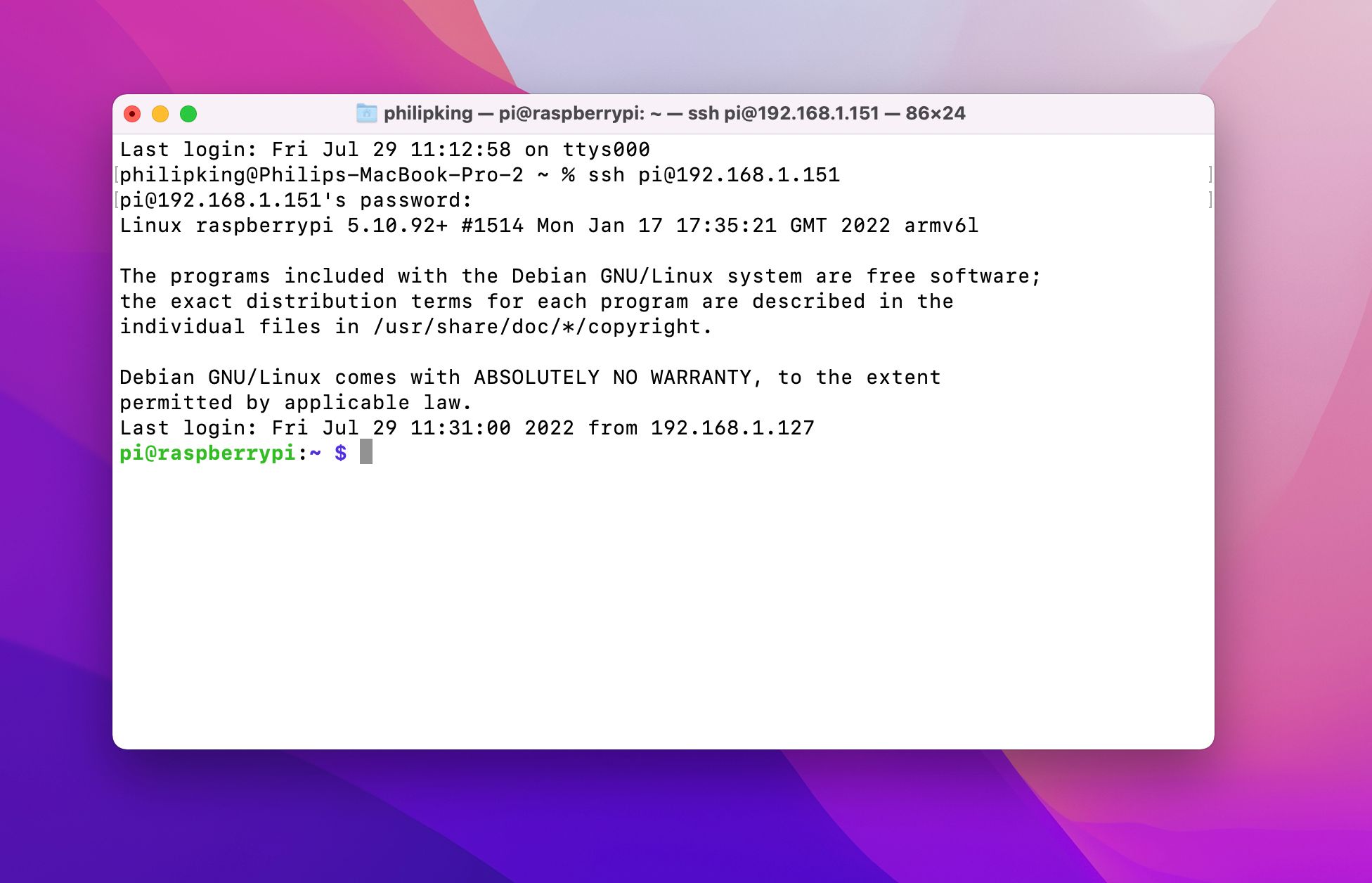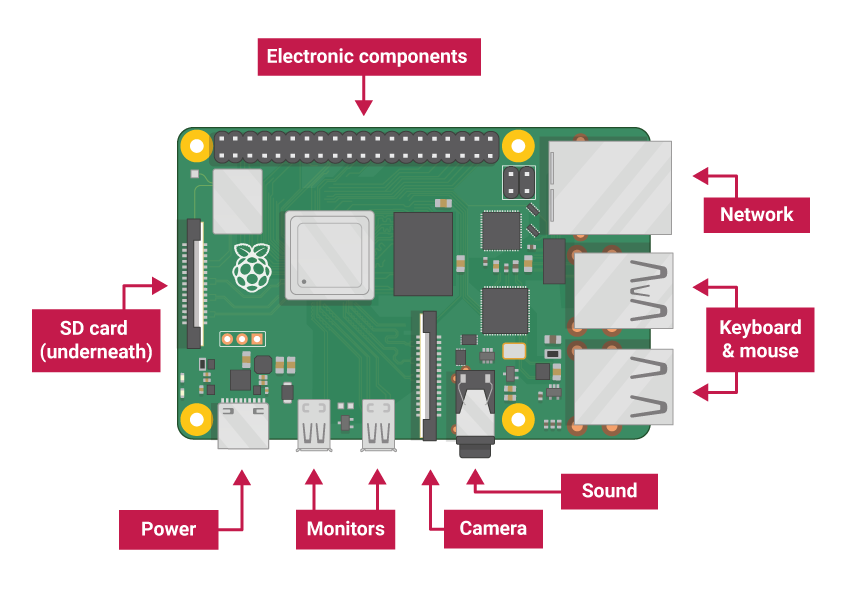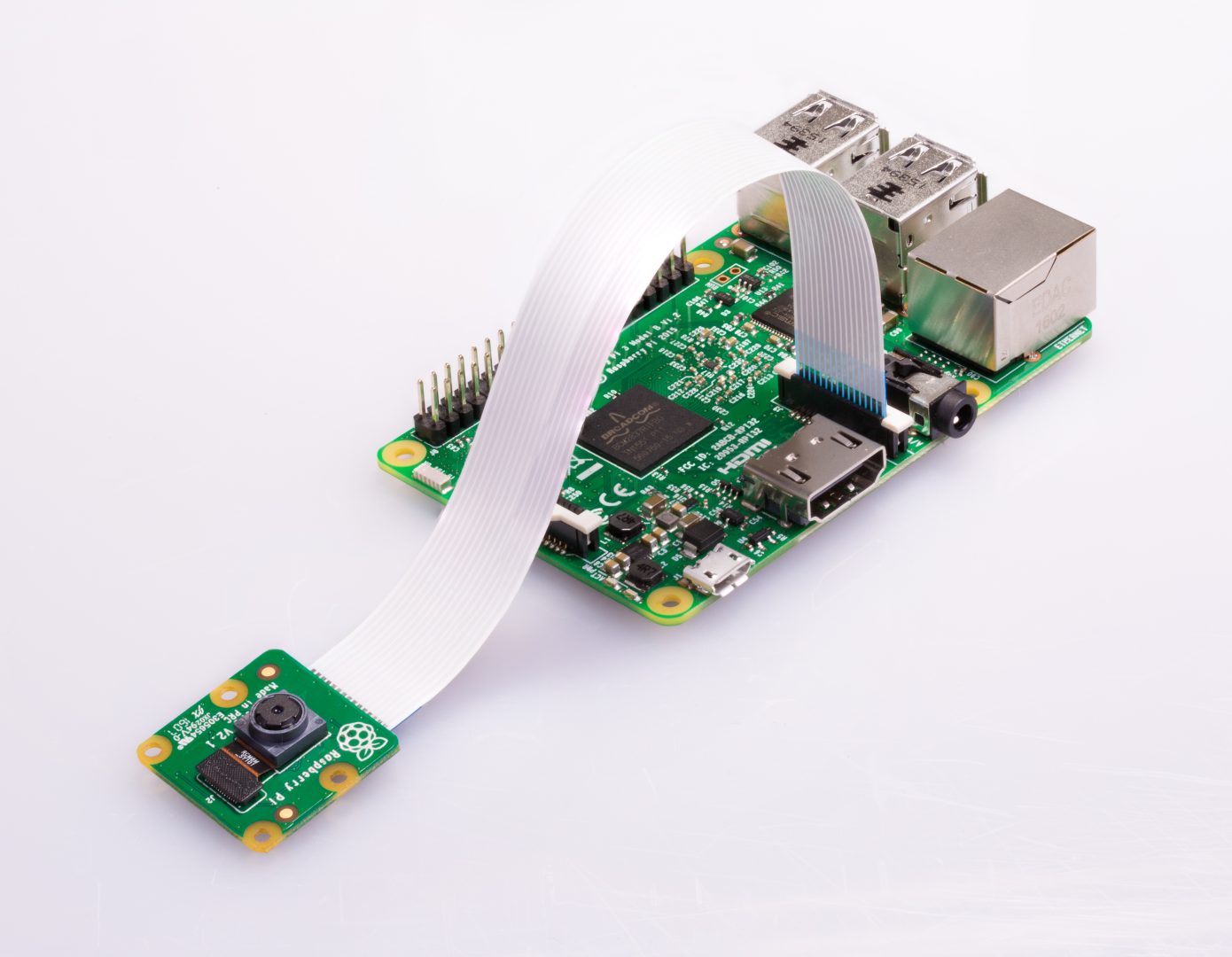Remote access to a Raspberry Pi has become a necessity for tech enthusiasts, developers, and hobbyists alike. Whether you're managing a home automation system or setting up a remote server, knowing the best way to remote into Raspberry Pi can streamline your workflow and enhance productivity. This guide will walk you through the most effective methods to remotely access your Raspberry Pi, ensuring a seamless experience.
As more people embrace the versatility of Raspberry Pi for projects ranging from media centers to IoT applications, the ability to control it remotely becomes crucial. This article provides a detailed exploration of the top methods for remote access, complete with step-by-step instructions, expert tips, and practical advice.
Whether you're a beginner or an advanced user, this guide is designed to equip you with the knowledge and tools needed to securely and efficiently connect to your Raspberry Pi from anywhere. Let's dive in and discover the best practices for remote access.
Read also:Angela Halili Husband Exploring The Life And Love Story Behind The Screen
Table of Contents
- Introduction
- Why Remote Access is Essential for Raspberry Pi
- Top Methods to Remote Into Raspberry Pi
- Using SSH for Remote Access
- Setting Up VNC for Remote Desktop Access
- Web-Based Solutions for Remote Access
- Cloud Services for Raspberry Pi Remote Access
- Ensuring Secure Remote Connections
- Troubleshooting Common Issues
- Comparison of Remote Access Methods
- Conclusion
Why Remote Access is Essential for Raspberry Pi
Remote access to your Raspberry Pi offers numerous advantages, especially for users who rely on the device for various projects. By connecting remotely, you eliminate the need for physical access, making it easier to manage tasks from anywhere. Below are some reasons why remote access is essential:
- Convenience: Access your Raspberry Pi from any location without needing to be physically present.
- Efficiency: Streamline workflows by managing multiple Raspberry Pi devices simultaneously.
- Flexibility: Perform tasks such as software updates, file transfers, and system monitoring remotely.
Top Methods to Remote Into Raspberry Pi
There are several methods to remote into Raspberry Pi, each with its own set of advantages and limitations. This section explores the most popular and effective options available today.
Using SSH for Remote Access
Secure Shell (SSH) is one of the most widely used methods for remote access to Raspberry Pi. It provides a secure and efficient way to connect to your device via the command line.
Steps to Set Up SSH:
- Enable SSH on your Raspberry Pi by navigating to the Raspberry Pi Configuration tool.
- Find your Raspberry Pi's IP address using the command
hostname -I. - Use an SSH client like PuTTY (Windows) or the built-in terminal (Linux/Mac) to connect to your Raspberry Pi.
SSH is ideal for users who prefer a lightweight and secure connection, particularly for command-line operations.
Setting Up VNC for Remote Desktop Access
For those who require a graphical interface, Virtual Network Computing (VNC) is an excellent choice. VNC allows you to access the Raspberry Pi's desktop environment remotely.
Read also:Remy Lacroix 2025 The Future Of Luxury Watches Redefined
Steps to Set Up VNC:
- Install the RealVNC server on your Raspberry Pi by running
sudo apt install realvnc-vnc-server. - Enable VNC through the Raspberry Pi Configuration tool.
- Download the RealVNC Viewer on your remote device and connect using the Raspberry Pi's IP address.
VNC is particularly useful for tasks that require a visual interface, such as GUI-based applications or media playback.
Web-Based Solutions for Remote Access
Web-based solutions offer a convenient way to access your Raspberry Pi through a browser. Tools like WebIOPi and Pi-Web-Agent enable remote control without the need for additional software.
Advantages of Web-Based Solutions:
- No need to install client software on the remote device.
- Accessible from any device with a web browser.
- Perfect for lightweight tasks and monitoring.
However, these solutions may not be suitable for resource-intensive tasks or environments requiring high security.
Cloud Services for Raspberry Pi Remote Access
Cloud-based services like ngrok and Resin.io provide advanced remote access capabilities by bridging your Raspberry Pi to the internet securely.
Benefits of Cloud Services:
- Easy setup with minimal configuration.
- Support for secure tunneling and encryption.
- Ideal for IoT projects and remote server management.
These services are particularly beneficial for users who need to access their Raspberry Pi from dynamic or unpredictable network environments.
Ensuring Secure Remote Connections
Security is a critical consideration when setting up remote access to your Raspberry Pi. Follow these best practices to protect your device:
- Use Strong Passwords: Avoid common passwords and consider enabling two-factor authentication (2FA).
- Update Regularly: Keep your Raspberry Pi's software and firmware up to date to patch vulnerabilities.
- Restrict Access: Limit remote access to trusted IP addresses or networks.
- Encrypt Connections: Use SSH or other secure protocols to encrypt data transmitted during remote sessions.
By implementing these measures, you can significantly reduce the risk of unauthorized access and ensure the integrity of your Raspberry Pi.
Troubleshooting Common Issues
Even with careful setup, issues can arise when attempting to remote into your Raspberry Pi. Below are some common problems and their solutions:
- Connection Refused: Ensure SSH or VNC is enabled and that the Raspberry Pi's IP address is correct.
- Authentication Failed: Double-check your login credentials and ensure the Raspberry Pi's password has not been changed.
- Slow Performance: Optimize your network settings and consider using compression for VNC connections.
If problems persist, consult the official Raspberry Pi documentation or community forums for additional support.
Comparison of Remote Access Methods
Selecting the best method for remote access depends on your specific needs and preferences. Below is a comparison of the top methods:
| Method | Pros | Cons |
|---|---|---|
| SSH | Secure, lightweight, command-line access | Lacks graphical interface |
| VNC | Full desktop access, user-friendly | Resource-intensive, slower performance |
| Web-Based | Accessible via browser, no software required | May lack advanced features |
| Cloud Services | Easy setup, secure tunneling | Dependent on internet connectivity |
Consider your project requirements and choose the method that aligns best with your goals.
Conclusion
Remote access to your Raspberry Pi is a powerful tool that enhances flexibility and efficiency in managing your projects. This guide has explored the best ways to remote into Raspberry Pi, including SSH, VNC, web-based solutions, and cloud services. Each method offers unique advantages, and selecting the right one depends on your specific needs.
We encourage you to try out these methods and share your experiences in the comments below. For more in-depth tutorials and tips, explore our other articles on Raspberry Pi and related technologies. Don't forget to bookmark this page for future reference and spread the word by sharing this article with fellow enthusiasts.


